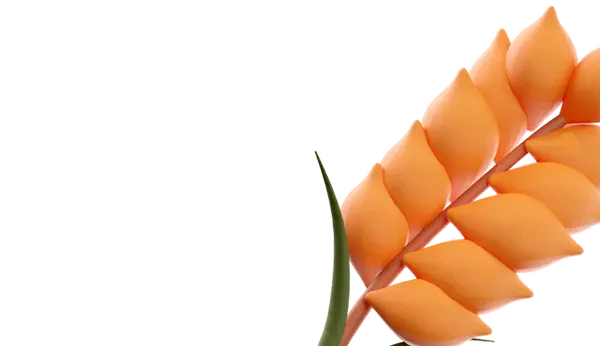Modern agriculture aims to increase crop productivity to ensure food security for the growing global population and to implement biological preparations for plant protection. This is due to ecological requirements and other factors.
In some countries, environmentally hazardous active ingredients are being phased out, and the effectiveness of previously widely used chemical compounds is decreasing. Pathogens are developing resistance to commonly used active substances.
The emergence of new synthetic substances on the market is rare, as this process is expensive and time-consuming. Therefore, in recent years, more attention has been paid to alternative plant protection methods based on the use of essential oils.
Essential oils are secondary plant metabolites that protect plants from pests and diseases. They have antibacterial, antiviral, antifungal, and repellent properties. That is why essential oils are used in medicine, pharmaceuticals, cosmetics, veterinary medicine, as preservatives, food additives, and insect repellents.
Essential oils are complex mixtures with strong aromas, containing about 20-60 components with two or three predominant substances, while others are present in small quantities. The composition of essential oils depends on the growing conditions of plants, their parts from which the oil is obtained, and the genotype of the plants.
This study examined the biological activity of five commercially available essential oils: grapefruit, rosemary, pine, sage, and thyme.
These oils were tested for activity against various pathogens, including C. beticola, which causes cercospora leaf spot in sugar beet. This is the first report of thyme essential oil activity in field conditions against this pathogen.
Sugar beet is one of the main sources of sugar in the world. More than half of sugar beet is produced in the European Union, and Poland was the third largest producer of this crop in 2020.
Sugar beet is susceptible to various pathogens, including C. beticola. This pathogen causes cercospora leaf spot, which can lead to significant crop losses.
Resistance to fungicides is becoming a growing problem
C. beticola develops at temperatures from 25 to 30 °C and high air humidity. Low temperatures and low humidity reduce its activity. The pathogen multiplies during dry periods of the day and moist periods at night.
In Poland, the first disease symptoms are observed at the end of June. Under favorable weather conditions, the infection can lead to complete leaf destruction in sugar beet.
C. beticola produces two types of toxins, cercosporin and beticolins, which harm plants. Beticolins cause the loss of dissolved substances, such as amino acids and β-cyclin, from plant root tissues. Toxins also affect substance transport within cells.
Cercosporin destroys cell membranes, providing fungi access to nutrients.
Due to insufficient protection, sugar beet can lose up to 40% of root crop yield and up to 10% of sugar yield used for leaf regeneration.
The main method of protection against C. beticola is chemical treatment. Other methods include using agro-technologies (crop rotation, soil treatment, secondary host elimination) and planting resistant varieties.
The pathogen's vegetative cycle can repeat several times, requiring multiple treatments. Frequent treatments can lead to pathogen resistance to fungicides, especially if the number of permitted synthetic substances is limited.
Fungicides approved for use in the European Union to protect sugar beet from cercospora are based on three different groups of active substances: triazoles, morpholines, and strobilurins. Some copper and sulfur varieties are also used.
Most Eastern European strains of C. beticola are resistant to azoxystrobin, triazoles, and morpholine.
C. beticola is a pathogen not only for sugar beet but also for other beet species, including fodder, table, and chard. This underscores the need to search for alternative synthetic fungicide protection measures in organic farming.
The role of thyme essential oil in combating cercospora leaf spot
The aim of this study was to evaluate the in vitro activity of commercially available grapefruit, rosemary, pine, sage, and thyme essential oils against fungicide-resistant strains of C. beticola and in field conditions of sugar beet cultivation.
Thyme essential oil was found to be the most effective against C. beticola according to the in vitro testing results. The minimal inhibitory concentration for most fungus isolates was 0.313 ml/l. Thyme oil also demonstrated a strong effect on multi-resistant pathogen strains.
The effectiveness of thyme essential oil was confirmed in field experiments. The oil successfully fought against C. beticola and had a positive impact on sugar beet yield.
These results indicate the prospects of using thyme essential oil in sugar beet protection. However, its application requires optimization within sustainable protection programs that involve reducing the use of synthetic fungicides.















